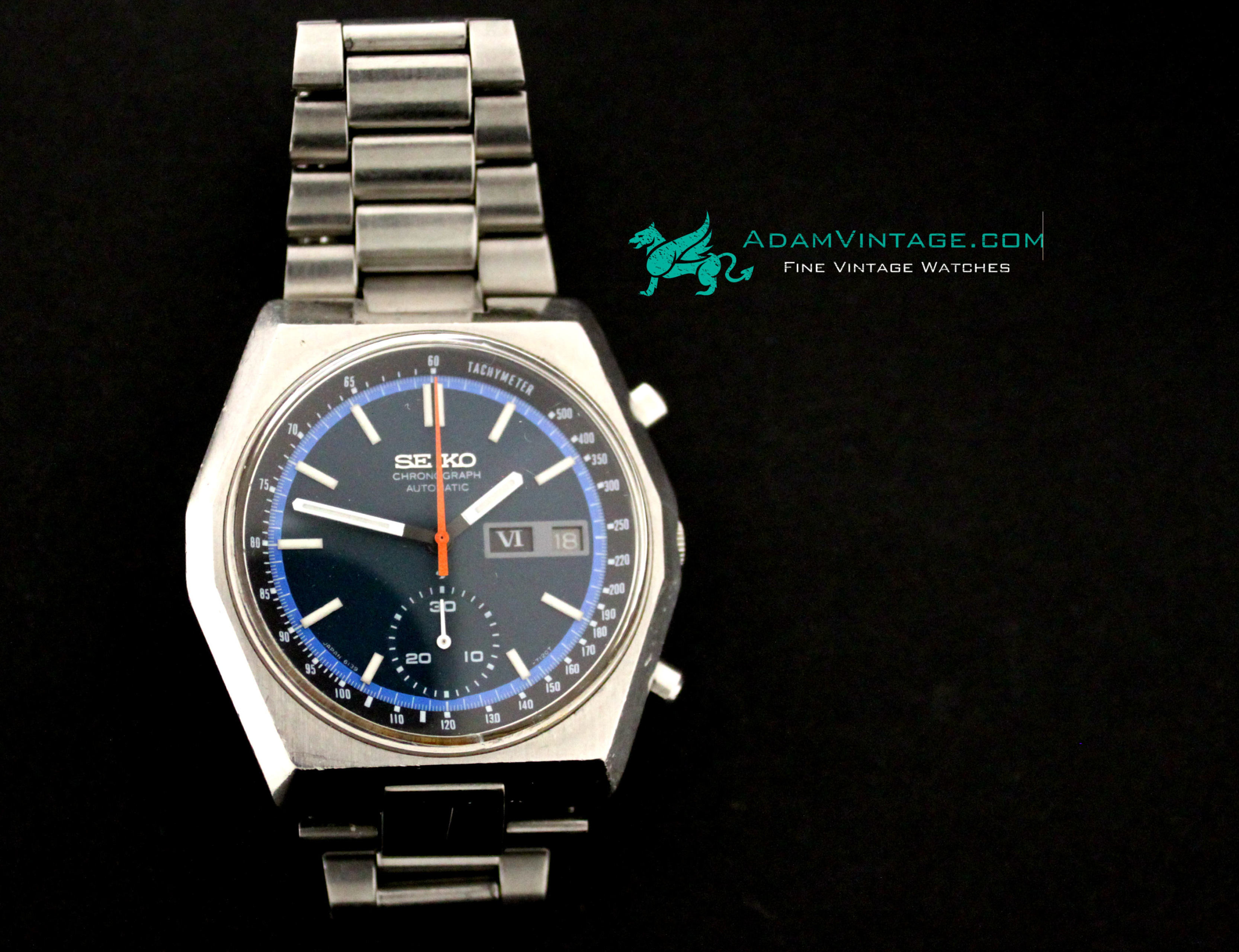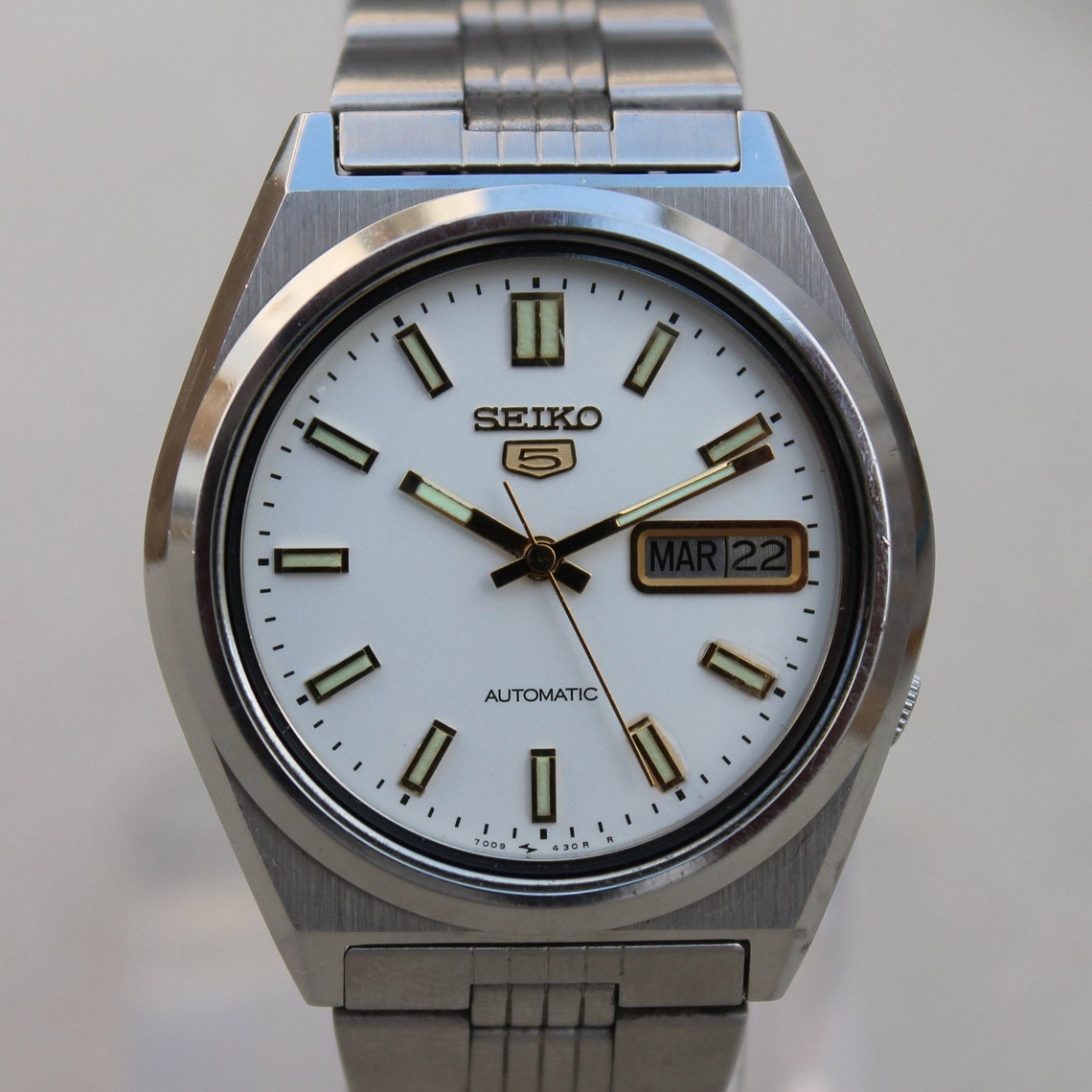

It was created at the request of King Louis XVIII, who liked to watch horse racing. It was only discovered in 2013 to be the first chronograph ever made.ġ821: Nicolas Mathieu Rieussec builds his chronograph mechanism, a box filled with clockwork driving two ink styluses recording elapsed time. History of Chronograph Watchesġ816: Louis Moinet creates what is considered the first chronograph, a pocket watch design with one pusher. But if you have a love of watches, you'll be exposed to this essential complication and just might feel the need to add it to your collection. As such, they’re generally expensive to acquire. The other part is, of course, the fact that they’re incredibly complex pieces of machinery in which hundreds of tiny parts must operate in perfect synchrony. Today modern, digital-timing systems have basically rendered the mechanical chronograph obsolete, but their associations with sports, auto racing, aviation and other exciting facets of life are in part why we love chronographs. Chronographs might actually be useful for the modern wearer when timing things in daily life. Each press of the pusher is a tactile experience directly connected to the movement inside that is otherwise largely missing from watches, and the utility of being able to record the length of events on the fly was certainly not lost on the racers, referees, doctors, pilots and astronauts that used them throughout the 20th century.


Once the event you want to record is complete, you press that same pusher again, take note of the time, then press the bottom (4 o'clock) pusher and the mechanism resets to zero. To use a typical chronograph, you depress the top (2 o'clock) pusher on the side of the case, engaging the function to get the seconds hand moving. Because of their extra stopwatch function, chronographs have traditionally been more expensive than time-only watches - though new additions to the chronograph market have added lots of value and affordability to your options. Most chronographs today feature dual pushers, which are both useful for starting and stopping the chronograph mechanism and also lend a cool aesthetic aspect to one side of the watch. In short, a modern chronograph tells the time traditionally and, using a distinct mechanical complication, also can record seconds, minutes, and hours (usually) in a stopwatch-style function. The mechanism was soon miniaturized and added to pocket watches. These recorded on two rotating discs of paper the difference in time between two horses on a race track.

Its name is derived from one of the earliest versions of the mechanism, which was essentially a box filled with clockwork attached to two inky styluses. Chronograph means “time writer,” but you can think of it as a stopwatch, activated and stopped at the whim of its user.


 0 kommentar(er)
0 kommentar(er)
